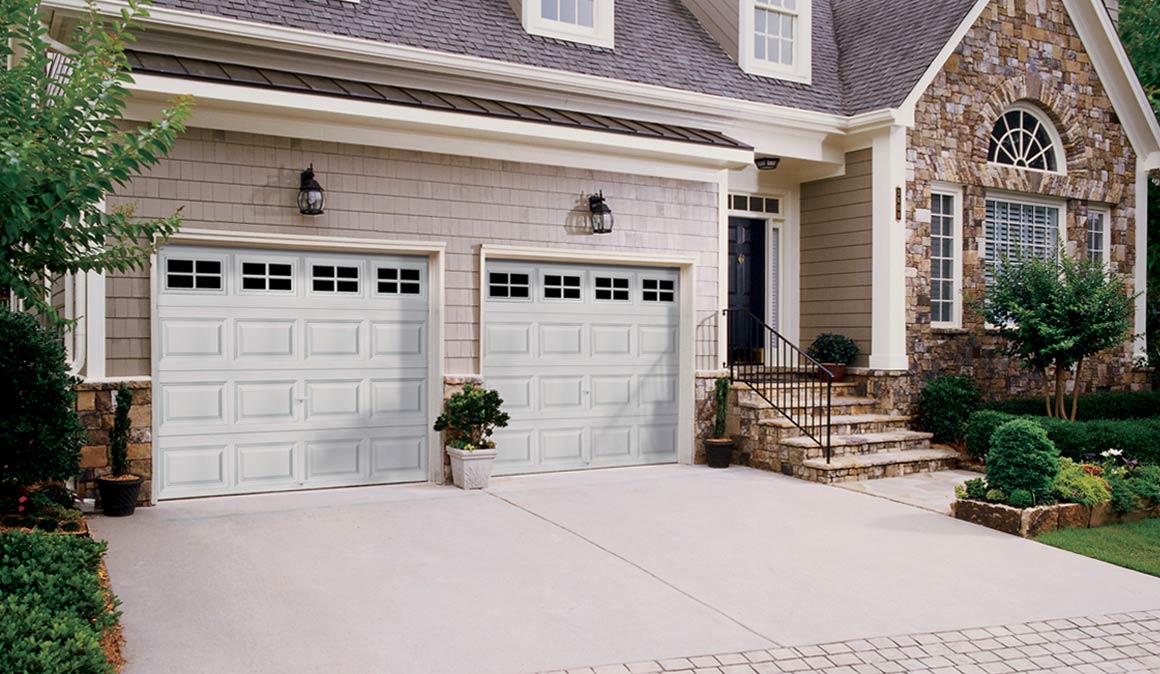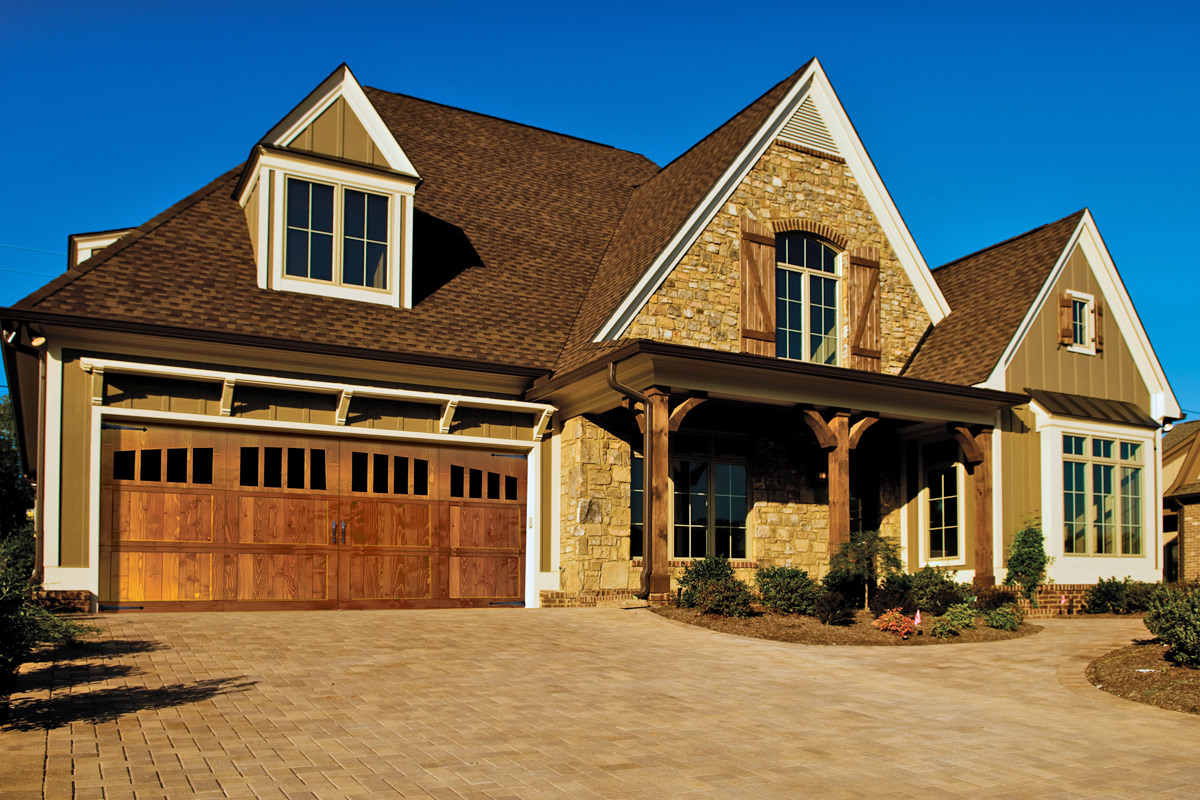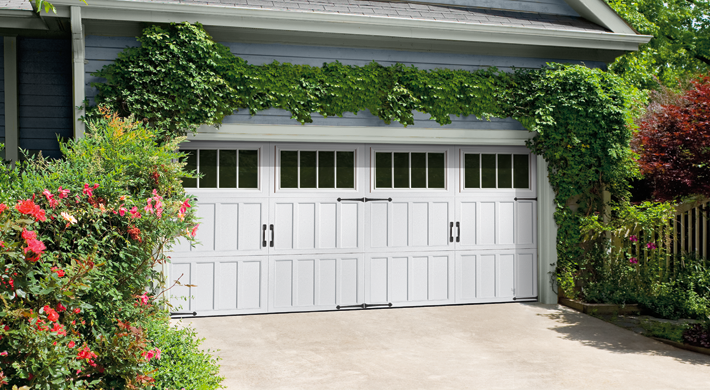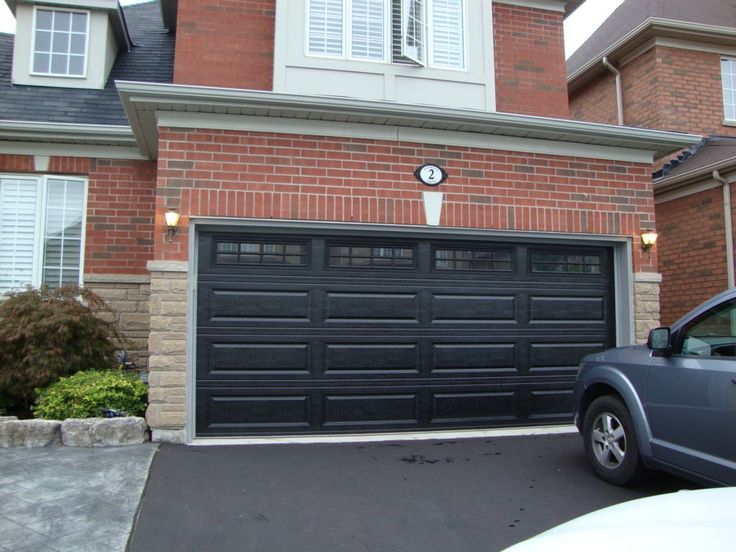When it comes to purchasing a new garage door, understanding the garage door warranties explained is crucial for homeowners. A well-informed decision not only ensures peace of mind but also protects your investment for years to come. In this article, we will delve into the various aspects of garage door warranties, helping you navigate the complexities with ease.

Understanding the Basics of Garage Door Warranties
A garage door warranty is essentially a promise from the manufacturer or installer to stand behind their product. It covers specific defects or issues that may arise within a designated period. Understanding these warranties can help you make an informed decision and avoid unexpected costs.
Types of Garage Door Warranties
- Manufacturer’s Warranty: This covers defects related to the materials or workmanship of the garage door itself.
- Installation Warranty: Provided by the installer, this warranty covers issues related to the installation process.
- Extended Warranty: Homeowners can purchase additional coverage for an extended period beyond the standard warranty.
Key Components of a Garage Door Warranty
When reviewing a garage door warranty, it’s essential to understand its key components:
Coverage Duration
The duration of a warranty varies significantly across manufacturers and models. Some warranties offer coverage for a few years, while others may extend up to a lifetime. It’s crucial to check the specific terms to understand how long your garage door is protected.
Parts and Labor
Warranties may cover parts only, labor only, or both. A comprehensive warranty includes coverage for both parts and labor, ensuring you are not left with unexpected costs.
Exclusions and Limitations
Most warranties come with specific exclusions and limitations. Common exclusions include natural wear and tear, damage due to misuse, or improper maintenance. It’s important to read the fine print to understand what is not covered under your warranty.
How to Claim a Garage Door Warranty
If you encounter an issue with your garage door that is covered under warranty, it’s essential to follow the correct procedure for claiming it. Typically, this involves contacting the manufacturer or installer, providing proof of purchase, and detailing the problem.
Documenting the Issue
Take detailed notes and photographs of the problem. This documentation will be crucial when filing your warranty claim.
Contacting Customer Service
Reach out to the customer service department of the manufacturer or installer. Provide all necessary documentation and follow their instructions for processing your claim.
Tips for Choosing a Garage Door with a Strong Warranty
When purchasing a new garage door, consider the following tips to ensure you select a product with a strong warranty:
Research Multiple Brands
Compare warranties across different brands to find one that offers comprehensive coverage. Consider factors such as coverage duration, parts, and labor.
Read Customer Reviews
Customer reviews can provide valuable insights into the reliability of a brand’s warranty. Look for reviews that specifically mention warranty claims and customer service experiences.
Consult a Professional
Professional installers can offer advice on brands with strong warranties. They can also provide guidance on the installation process, ensuring your warranty remains valid.
For more detailed tips on garage door maintenance, visit Angi’s DIY Garage Door Maintenance.

Frequently Asked Questions (FAQs)
What is typically covered under a garage door warranty?
Most garage door warranties cover defects in materials and workmanship. However, coverage can vary, so it’s essential to read the warranty terms carefully.
How long does a typical garage door warranty last?
The duration of garage door warranties can range from a few years to a lifetime, depending on the manufacturer and model.
Can I purchase an extended warranty for my garage door?
Yes, many manufacturers offer extended warranties for additional coverage beyond the standard warranty period.
For more information on matching your garage door to your home’s exterior, or understanding installation permit requirements, visit our website.
This article contains affiliate links. We may earn a commission at no extra cost to you.









